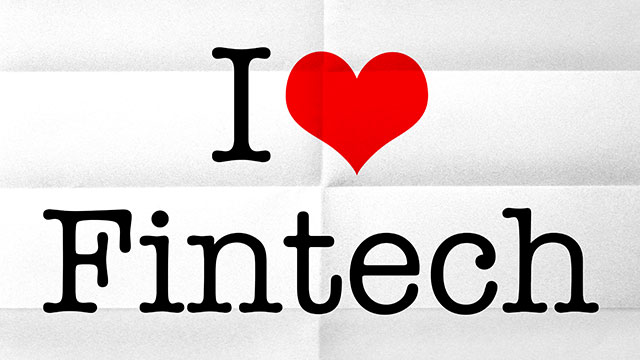I recently had the privilege of being asked to be on the jury for the FinTech Awards held at the inaugural Singapore FinTech Festival, as well as take part in a blockchain panel at the event. It was one of the largest FinTech events, if not the largest, ever organized, with over 12,000 participants across more than 50 countries.

I had a great time meeting all the innovative startups and helping to give away over USD 800,000 in prize money. But while the Festival was impressive, the real eye opener for me was the Singapore financial center itself.
Here is what I mean.
Building momentum
I have written before about how regulators around the world are finding new ways to support FinTech innovation in their jurisdictions. (The announcement of the new FinTech license in Switzerland is just the latest in a clear trend.)
The Monetary Authority of Singapore (MAS) has been among the most active and innovative regulatory bodies in this regard. Among other things it has been:
- Promoting the use of cloud computing by Financial Institutions by publishing clear guidelines
- Supporting innovation in payments by streamlining and simplifying payments licensing
- Encouraging robo-advice by working on new proposals for the governance, supervision and management of algorithms used in digital advice platforms
- Starting up a secure regulatory sandbox to safely test innovative new ideas
- Streamlining compliance through setting up a national KYC utility for use by Singapore residents
- Creating what it calls an API economy by encouraging financial institutions to develop and adopt APIs and publishing an “API Playbook”
And these are just the headlines. There are a lot of other things happening in the Singapore FinTech scene at the moment. But for me it took being on the ground to really get a sense of how strongly momentum is building.
While I was there, for instance, MAS announced a project to test the use of blockchain infrastructure for inter-bank payments, including cross-border. With such heavy hitters as the R3 consortium and banks like HSBC, Bank of America, JPMorgan and Credit Suisse involved, this is one of the most extensive such projects on at the moment – Singapore is shaping up to become the Blockchain Center of the World.
I also got a chance to tour LATTICE80, the island’s newly opened FinTech hub. The world’s largest FinTech innovation location – they call it a “FinTech innovation village” and it certainly has village-like dimensions – LATTICE80 may well become as important a center for financial services innovation in APAC as Level39 in London is for Europe.
Smart moves
I think this is significant, both for Singapore’s prospects as a financial center and for the industry. In my opinion few jurisdictions have a strategy that is as extensive and well thought through as MAS’s. Its “Smart Financial Centre” vision is based on two pillars:
- Regulation for innovation: MAS has expressly said that regulation should not stifle innovation but instead run “alongside” it. That means keeping up with developments, assessing risk as new innovations arise and, once they are understood, keeping regulation proportional to the risk involved.
- Infrastructure for an innovation ecosystem: MAS is keen on ensuring its infrastructure is also conducive to innovation, and has earmarked over USD 150 million for measures to support an innovation ecosystem. This includes opening a FinTech & Innovation Group, complete with the world’s first Chief FinTech Officer.
This vision is based on the belief, which I heartily share, that the best way to foster innovation is through collaboration.
MAS’s approach is sure to keep attracting FinTech businesses and brainpower to the city-state, and it provides I think the right environment for these businesses to succeed.
This will strengthen the already strong Singapore financial center today and, more importantly, help it prepare for tomorrow.
If the Smart Financial Centre vision becomes a reality, and I see no reason why it shouldn’t, Singapore will continue to be one of the world’s most innovative FinTech location (it is already considered number two).
I think other financial centers should take heed. When it comes to FinTech, Singapore clearly means business. Its strategy is one others may want to learn from.










